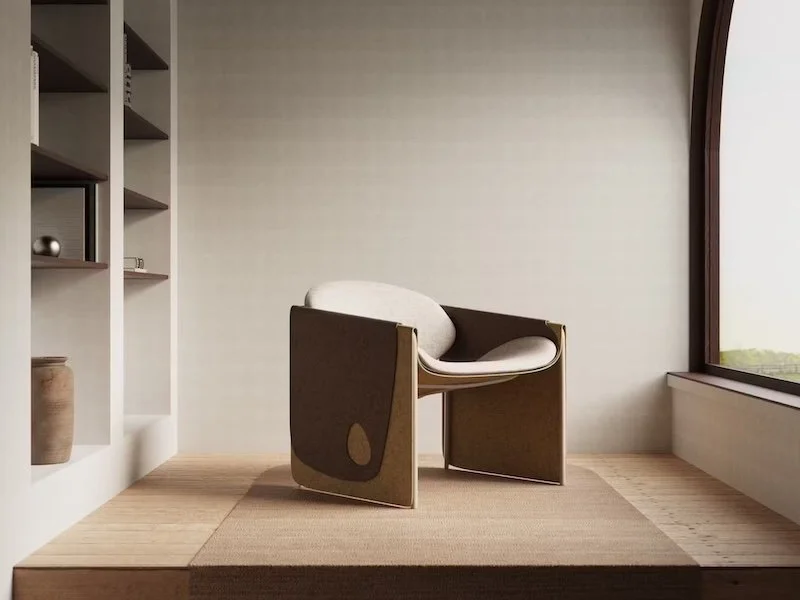Top technologies retailers need to increase customer footfall in-store
By Cin-Yee Ho, European Business Development Manager, HiMirror
The recent e-commerce boom poses a significant threat to High Street retailers who are struggling to maintain in-store footfall and retain loyal customers. Whilst technology has helped online shopping blossom, it can also offer salvation to those looking to innovate the in-store experience.
In previous years, in-store shopping has drawn numerous complaints including lack of stock, pushy or unhelpful store staff and long queues. Developing technologies to combat these problems will be essential if bricks and mortar retailers want to stop the exodus of shoppers going online. Research by Vista shows that 67% believe retailers should make in-store technologies a priority.
Here are some of the different technologies being developed to help combat the competition of e-commerce companies.
Digital storefronts
One of the biggest innovations in recent years has been the digital storefront. Offering dynamic and immersive advertisements through their window displays, carefully thought-out storefronts are the crucial first step in luring shoppers in.
Digital displays in-store also offer a range of opportunities, from showcasing video footage of upcoming collections to interactive screens which allow users to browse entire catalogues.
Beacon technology
Beacon technology is currently in its infancy but is expected to play an important role in future in-store retailing. By sending personalised messages and offers to customers via wireless devices when they walk in the store, beacon technology makes it easier to engage with customers in a busy store and can alert them quicker to sales or deals suited to them.
Faster payments
While cash was the dominant payment method only a few years ago, today customers can quickly pay for items through contactless cards (with no extra fees), mobile wallets, self-service checkouts, biometric payments and in-app systems, alleviating the long queues that result from paying via manned tills.
AI
Artificial Intelligence (AI) is also being utilised by bricks and mortar stores, often to make recommendations to customers. AI-powered kiosks can immediately obtain accurate information about services and products, thereby saving customers time and hassle.
The anticipation of their requirements, in a relevant but non-intrusive way, is what customers will soon expect and will eliminate any irritations resulting from a lack of knowledge about products.
Smart mirrors
Smart mirrors are transforming the retail space – particularly in fields where customers can ‘try before they buy’. From trying on clothes, glasses or cosmetics smart mirrors can evaluate a customer’s needs and offer tailored recommendations. This can help make them more confident in their purchases and also importantly keep them engaged and in the store for longer.
Many allow customers to create their own profiles and have facial recognition built in so they can quickly access these profiles. This offers stores the chance to collect data and follow up with the customer digitally later - sometimes even with a photo taken in-store by the mirror.
HiMirror’s recently launched enterprise range of smart beauty mirrors for retailers have a social media function built in. If shoppers get positive comments on their Facebook walls after sharing a picture of them trying on a new outfit or make up, this will not only give the store an added social exposure, but it could be a persuasive factor in the purchase decision.
Big Data
Taking advantage of the physical space that online competitors lack, High Street retailers are also capitalising on Big Data analytics to improve store design, merchandise mix and floor plans.
Big Data can also help retailers configure digital price tags and item-level sensors to auto-adjust prices on the go as well as provide key information for consumers to ensure a smoother checkout process.
AR
One of the biggest developments has been the rise of Augmented Reality (AR), which can add huge value to consumers’ experiences in-store.
Capitalising on the consumer’s desire to test products before purchasing, many brands have launched apps or AR-powered screens which allow the customer to find the exact product they are looking for. Smart screens and smart mirrors are just some of the in-store hardware accelerating the use of AR in-store.
Conclusion
The technologies that will make the difference to in-store footfall are the ones that offer a clear value to both the customer and the store. Adding novelty tech may attract customers for its novelty, but it won’t stick. In such a competitive market and with more and more innovative technologies becoming more readily available, High Street retailers need to adapt quickly to stay ahead of the curve. Those that don’t, risk being left behind.










Continue reading…